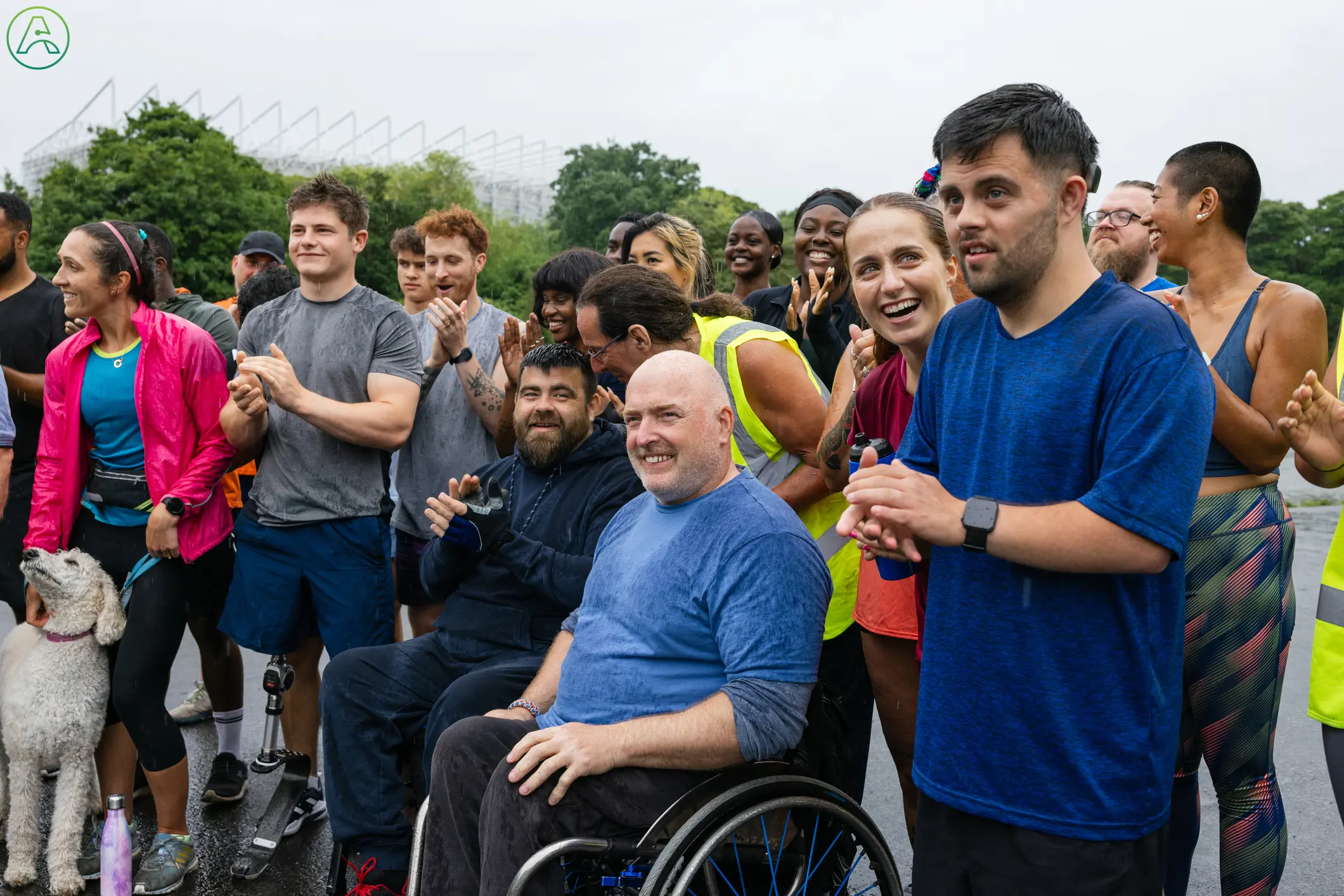Cerebral palsy (CP) is the most common motor disability in childhood. If you have read the [Quick Facts]() and suspect CP, this article will discuss the following:
Who is most at risk for Cerebral Palsy?
What are the early signs of CP?
What is the Cerebral Palsy diagnostic process?
Where do I go from here?
Who is most at risk for Cerebral Palsy?
About 1 in 345 children in the United States have been identified with Cerebral Palsy. Most children with CP are born with it, although it may not be detected until months or years later.
CP is more common among boys than girls. It affects black children more often than white children.
Certain medical conditions or events during pregnancy and delivery may increase a baby's risk of being born with Cerebral Palsy, including:
Small birth weight
Premature birth
Complications during labor
Multiple births
Being conceived by in vitro fertilization (IVF)
An infection or health problem in the mother during pregnancy
Less commonly, Cerebral Palsy may occur during infancy due to an injury to the child’s brain due to an accident or an infection of the brain, such as meningitis. This is called acquired cerebral palsy.
What are the early signs of Cerebral Palsy?
If cerebral palsy is severe, some signs and symptoms may be evident at birth. The first clue a child might have cerebral palsy is usually a motor delay, such as learning to sit or walk late.
An infant with CP may have the following:
inability to lift their head by the appropriate age
poor muscle tone in limbs, resulting in heavy or floppy arms and legs
stiffness in joints or muscles
uncontrolled movement in arms or legs
difficulty coordinating body movements, including grasping and clapping
a delay in meeting milestones, such as rolling over and crawling
difficulty swallowing or uncontrolled drooling
When a child with Cerebral Palsy begins to walk, you may notice the following:
walking with one foot or leg dragging
walking on the toes
a crouched or “scissored” gait
muscle tone that is either too stiff or too floppy
What is the diagnostic process for CP?
Neonatal specialists can often identify signs of neurological damage in a newborn baby based on the results of tests performed immediately after a baby is born.
Diagnosing Cerebral Palsy happens in three primary steps:
Tracking a child's growth and development over time. If there are any concerns about your child's development, the doctor may recommend developmental screening.
Developmental screening involves checking for motor, movement, or other developmental delays. If the screenings are not normal, the doctor will recommend some evaluations.
Developmental and medical evaluations are done to diagnose which disorder your child has.
Medical evaluation may include the following:
Physical exams for low muscle tone in the hips, knees, ankles, shoulders, elbows, and wrists.
CT scans that take a series of pictures of the brain and create highly detailed two- and three-dimensional images. These scans may reveal damage to the areas of the brain associated with balance and movement.
MRI scans create detailed pictures of the brain’s tissues and may reveal visible signs of brain damage.
X-rays and EOS may obtain three-dimensional pictures of the entire body to monitor the development of bones.
Genetic testing may be done to rule out other conditions, including Muscular Dystrophy.
Where do I go from here?
If you or your doctor suspect CP, Ability Central has an entire library of articles to help you each step of the way, including:



